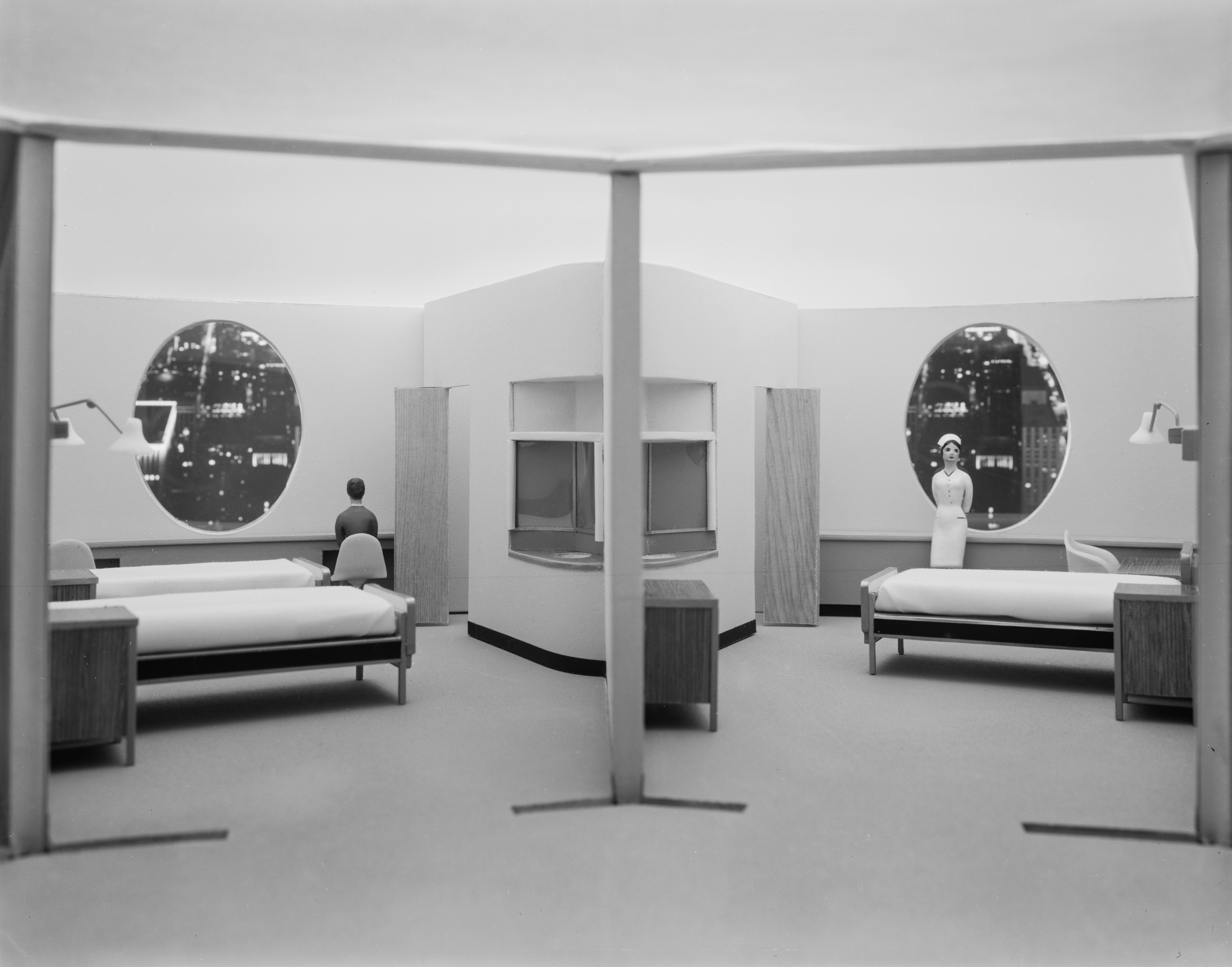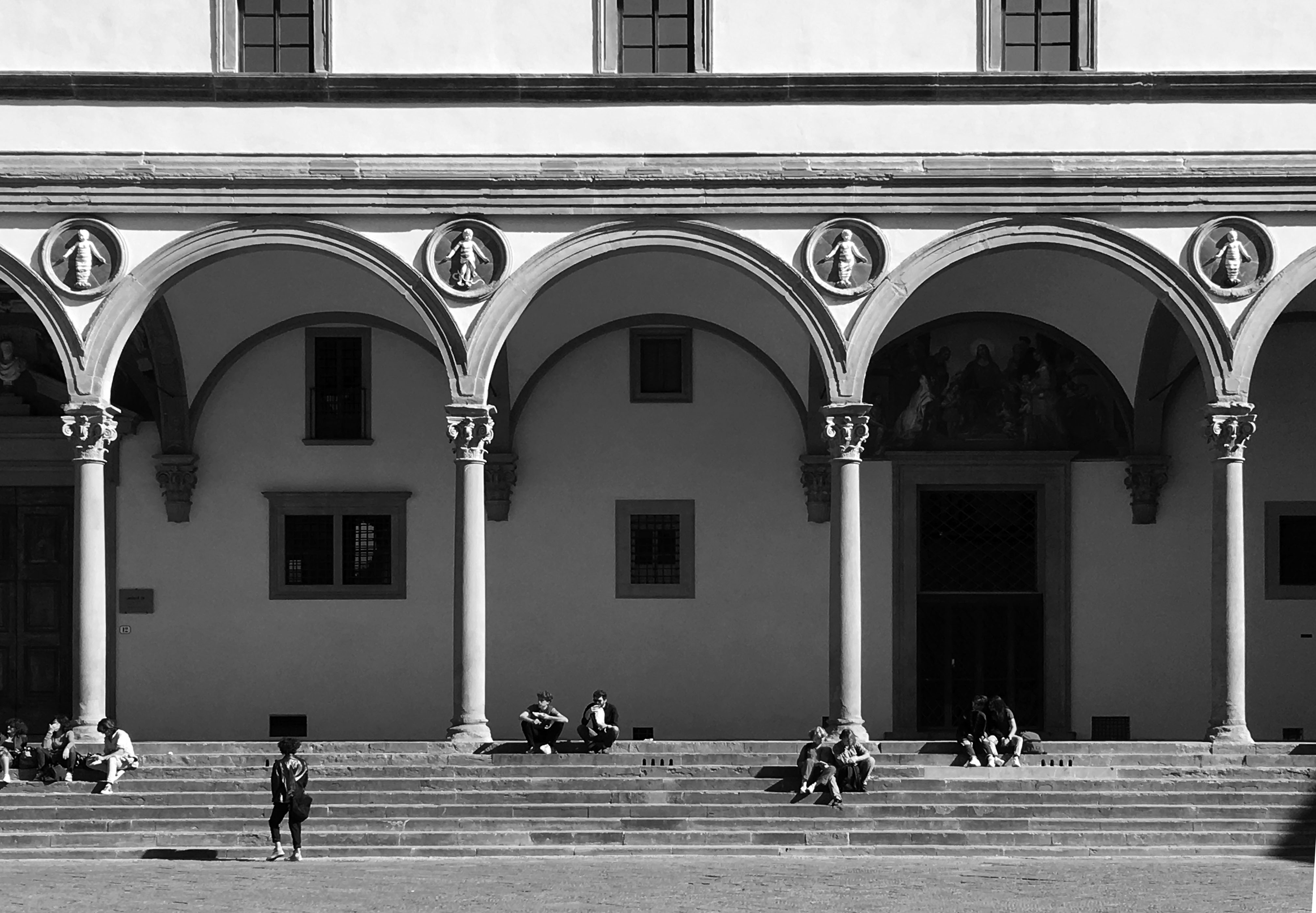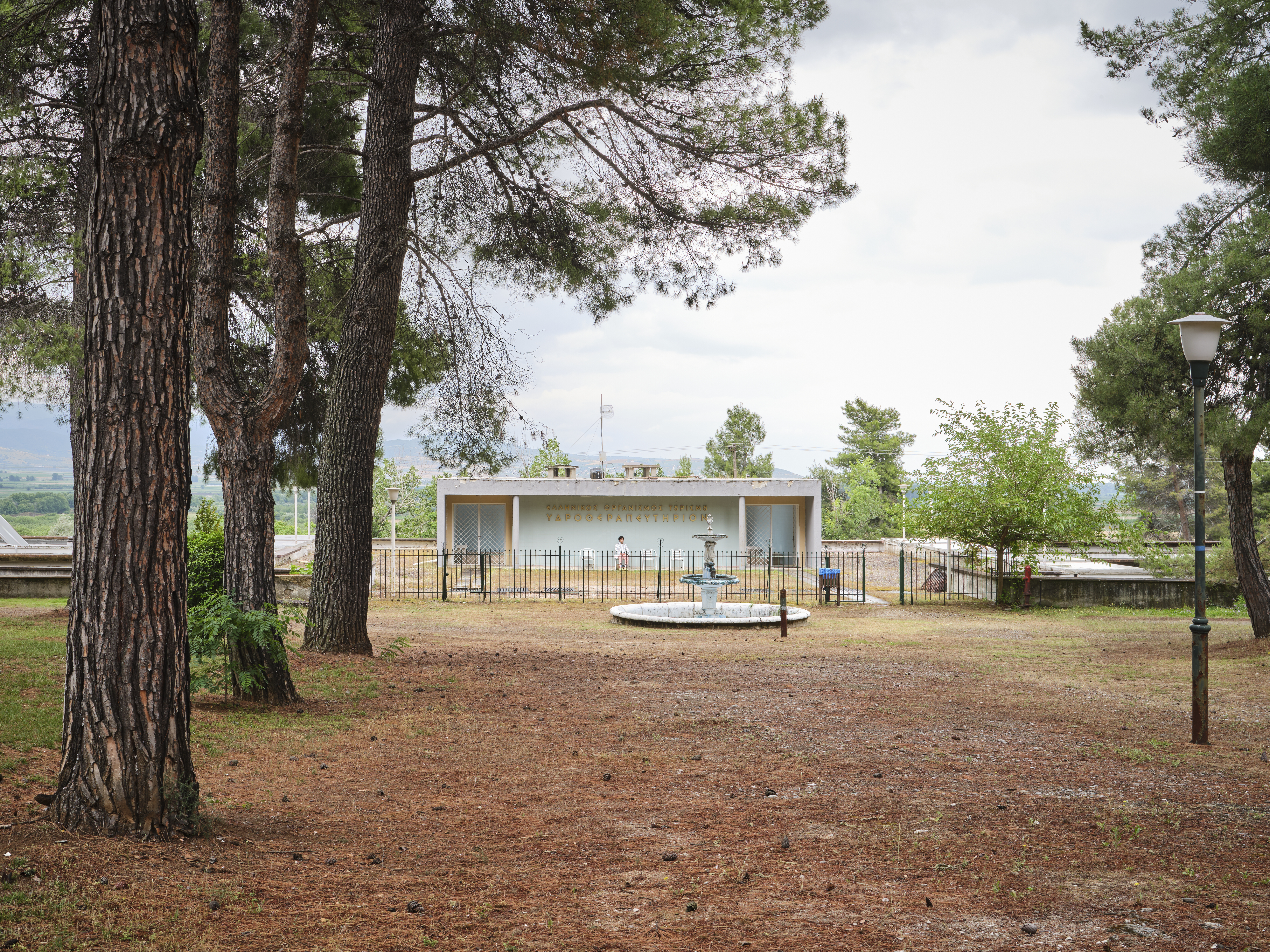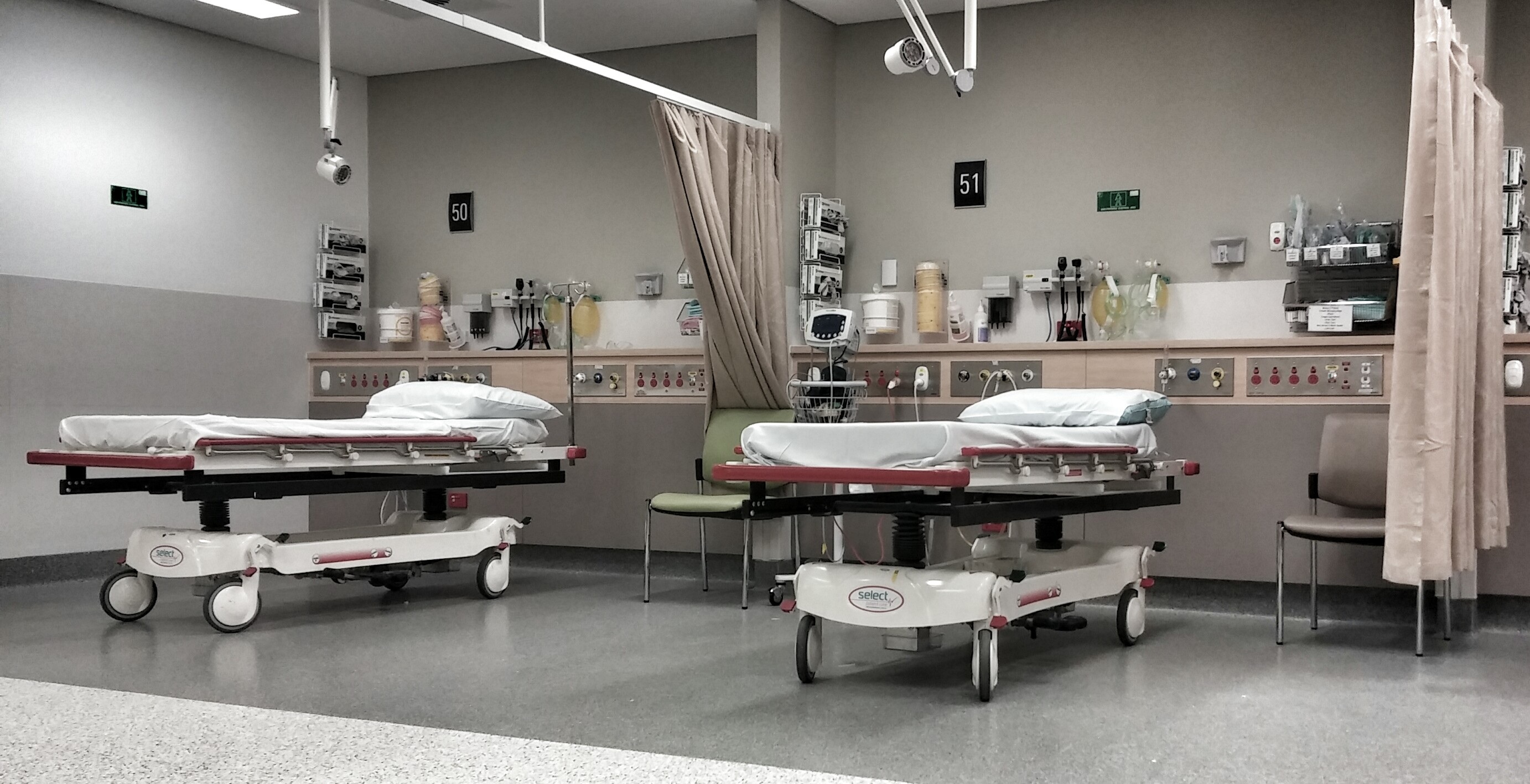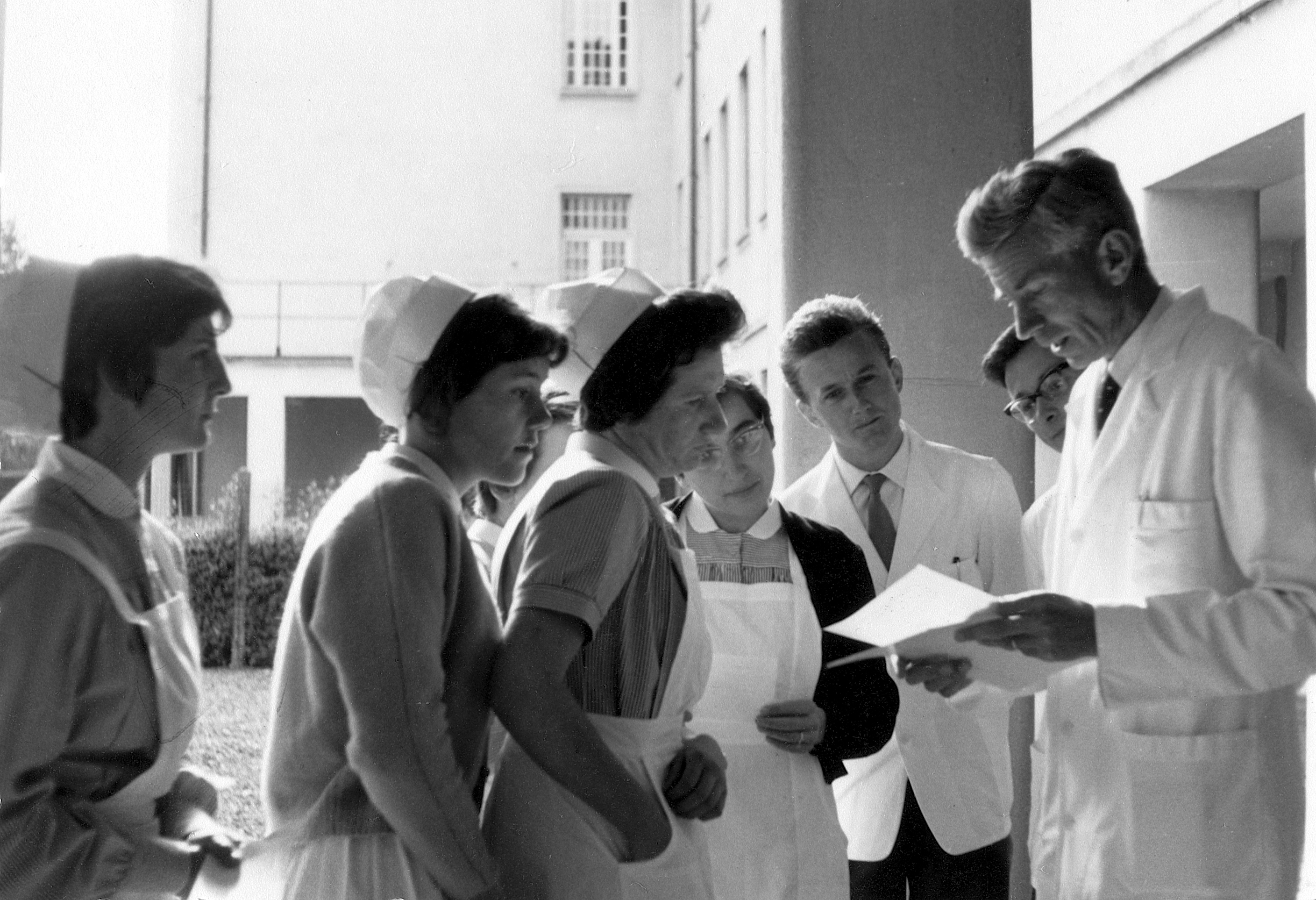Subject
Treatment is a collaboration between e-flux Architecture, the Institute for the History and Theory of Architecture (gta), ETH Zürich (2021 and 2025), and Istituto Svizzero, Rome (2025).
- Stanislaus von Moos Context vs. Paradigm: On Le Corbusier, Herzog & de Meuron, and the Idea of the Hospital
- Agnes Arnold-Forster The Love Life of Utilitarianism
- Alex Retegan and Reinier de Graaf The Hospital of the Future
- Yvan Prkachin Blood Cars: Polio, Cyborg Lungs, and the New Medical Device Industry
- Britta Hentschel Ospedale degli Innocenti: The Loggia and the Creation of the Public Sphere
- Lydia Xynogala Geopathologies: The Birth of the Hydroclinic
- e-flux Architecture and Maria Böhmer Editorial: The Image of the Hospital
- Sally Chivers and Annmarie Adams Deception and Design: The Rise of the Dementia Village
- Magaly Tornay Dreaming Nurses
- Brittany Utting Public Proxies
- Fiona L. Kenney Learning to Feel
- David Theodore From Care to Cure and Back Again
- Adam Jasper and Nick Axel Editorial
